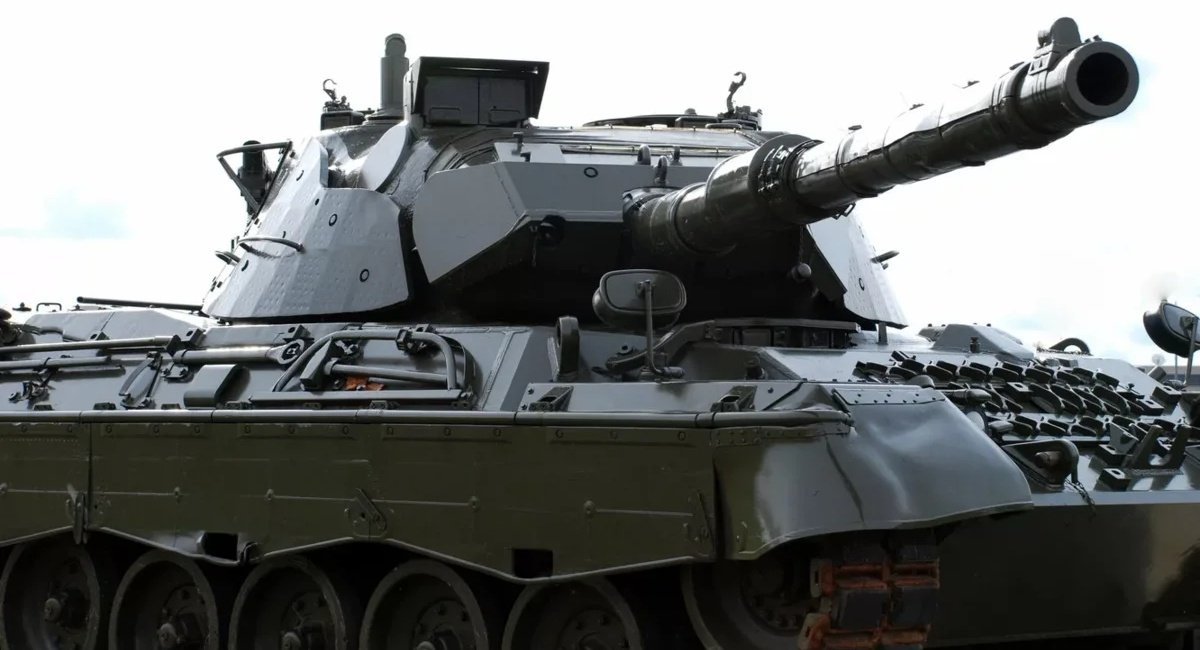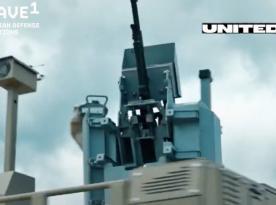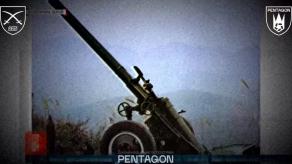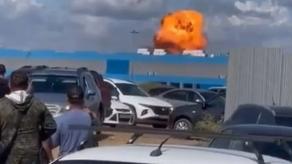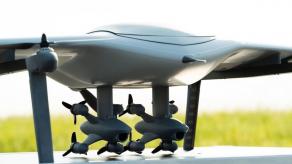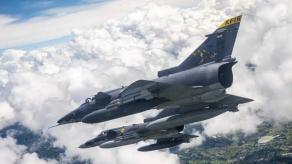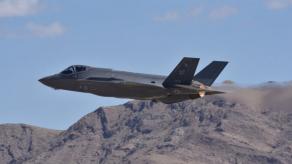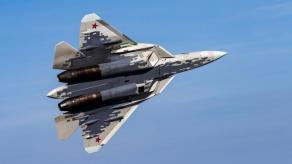The first batch of several dozen Leopard 1A5 tanks will be handed over to Ukraine in the coming weeks. This was officially announced by the Minister of Defense of Germany, Boris Pistorius. He noted that the tanks are being transferred as part of the assistance provided by Germany and Denmark.
The history of the combat use of the AMX-10RC requires clarification: it is necessary to determine what to expect from the Leopard 1A5 and in what role.Mythologizing certain weapon models can lead to mistakes later on.
Read more: Oleksii Reznikov: Ukraine Receives Dozens of Leopard Tanks from Germany
First of all, it should be understood that the Leopard 1A5 is not a game changer, and it is not related to the Leopard 2. The Leopard 1 tank was developed in the 1950s and entered service with the Bundeswehr in 1965. Its A5 version was created in 1987. The A5 variant had enhanced protection, weapon stabilization, a thermal sight, and an updated fire control system called EMES 18. This system is a simplified version of the Leopard 2A4 system.
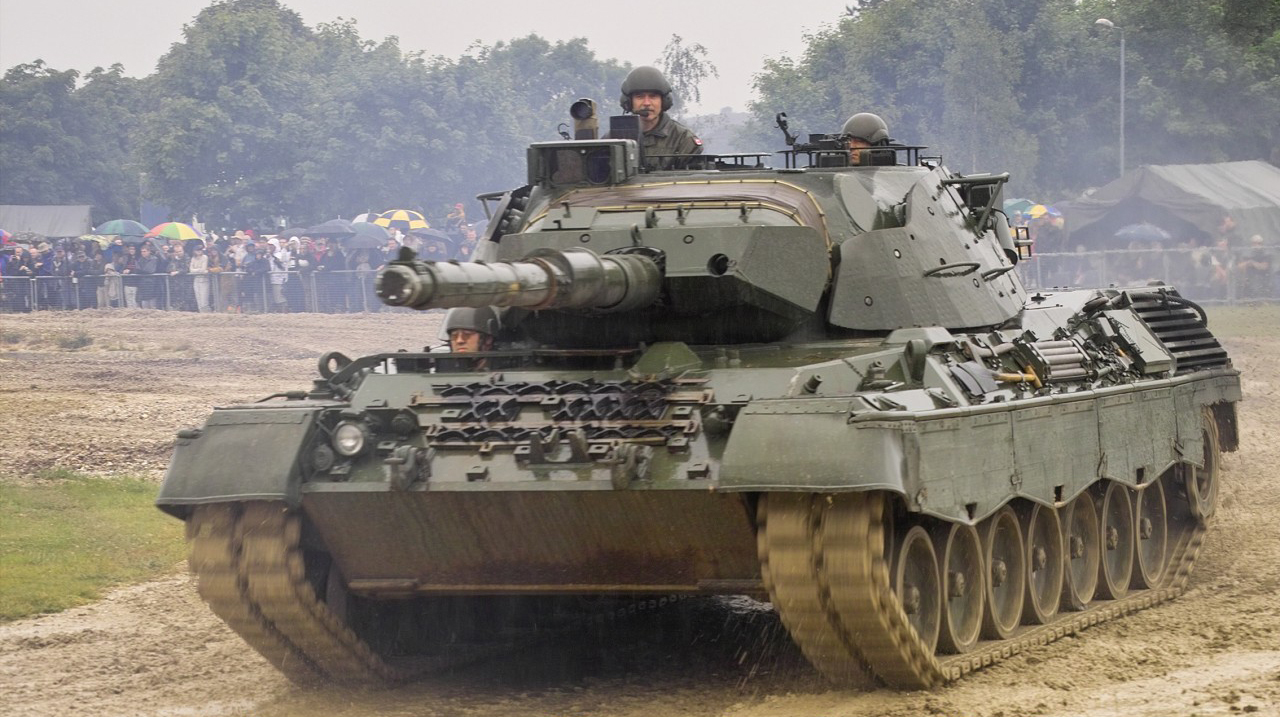
Often, when talking about Leopard 1, the obvious drawbacks are mentioned, such as the 105 mm Royal Ordnance L7A3 gun. Although its armor-piercing capabilities generally correspond to the capabilities of the 125 mm guns of Soviet tanks with 3BM42 "Mango" APFSDS rounds, which can penetrate up to 450-500 mm at a distance of 2 km. However, due to its smaller caliber, the 105 mm gun has less explosive power with high-explosive fragmentation projectiles.
But even this is not the critical and main drawback of the Leopard 1. The main drawback that has been addressed through all upgrades is its weak armor. Although the armor strength was conceptually built into the vehicle during its creation, the tactical-technical task stated that the tank should weigh up to 30 tons.
As an example, the T-34-85 weighed 32 tons. So it's hard to blame Porsche. It was the project of a group of developers led by Porsche that outperformed other proposals. Although, the developers still couldn't fit within 30 tons, and the original vehicle weighed 40 tons.
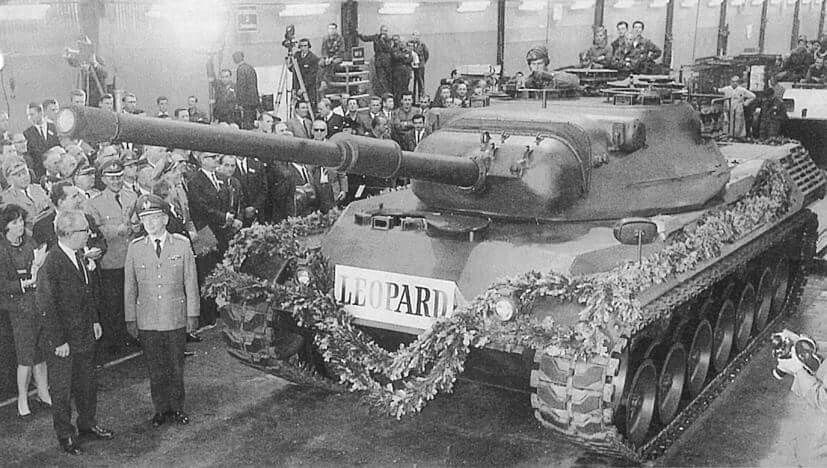
The basic armor of the Leopard 1 has a maximum thickness of 7 cm and a minimum of 0.8 cm in the upper hemisphere. Such armor level was considered generally sufficient in Europe at that time. It was believed that no matter how thick the armor was, it would still be penetrated. This was taught by the experience of World War II, when heavily armored Tigers and Panthers were defeated by much lighter T-34s and Shermans. Following the same concept as the Leopard 1, the French AMX-30 was created.
The protection of the vehicle has slightly increased through modernizations, namely through additional screens with spaced armor. However, the only real "upgrade" of the vehicle's protection was demonstrated by Canada. The improvement was applied to the "Afghan" Leopard 1C2 tanks with active use of combined composite NERA elements in the form of the MEXAS-M kit from the German company IBD Deisenroth Engineering. There was a good result from the combat use of these tanks in Afghanistan, in a low-intensity conflict.
Therefore, the use of Leopard 1 in actual general military combat will rely on the specific characteristics of the vehicle. On the other hand, when the russians began to introduce the T-62, followed by the T-55 and T-54, the prevailing opinion in Ukraine was that "it's a tank, it moves and shoots."
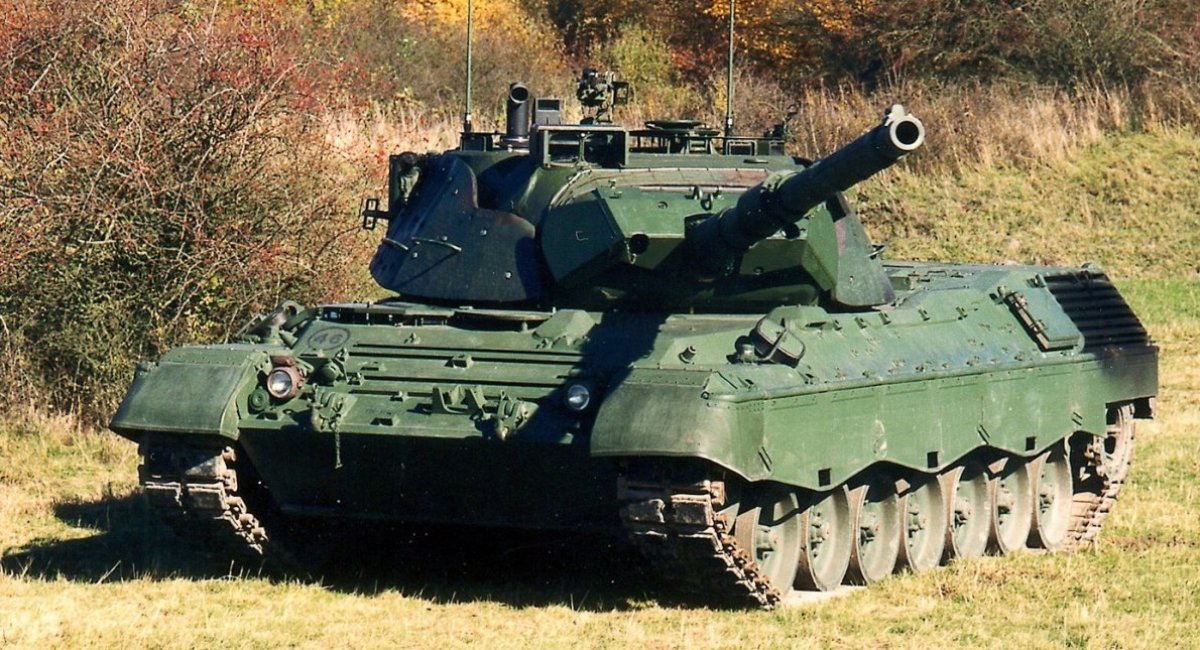
In any case, it is not advisable to have excessively high expectations for the Leopard 1. Furthermore, while the introduction of dynamic protection for the Leopard 2A4 is quite obvious, it should become a necessity for the Leopard 1A5.
Defense Express reported earlier, that the Minister of Defense of Ukraine announced the arrival of dozens of the Leopard tanks from the Bundeswehr. We also wrote, that Canada had announced it would double the number of tanks pledged to Ukraine earlier.
Read more: Leopard 2A4 With Reactive Armor: It Actually Exists




